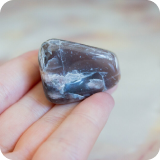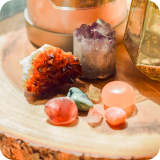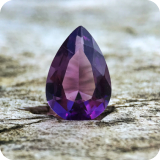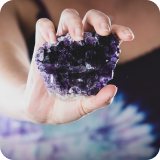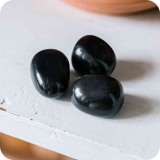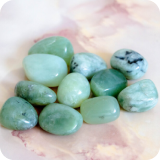- Overview: Crystals and Moonlight
- 7 Crystals That Cannot Go in Moonlight
- Which Crystals Benefit the Most from Moonlight?
- FAQ
- Conclusion
If you’re a fan of crystal healing, you may already know that exposing crystals to the light of the Full Moon can help cleanse and charge them.
One popular method for doing this is placing them in the Moon’s light, but not all crystals can tolerate Moonlight, and doing so may cause them harm. This article will explore which crystals you should avoid putting in the Moonlight and why.
Want to know more about which crystals cannot be charged in the Moonlight? This article is perfect for you! By the end of this read, you’ll clearly understand this practice, enabling you to safeguard your crystals while still accessing their potent energy.
Overview: Crystals and Moonlight
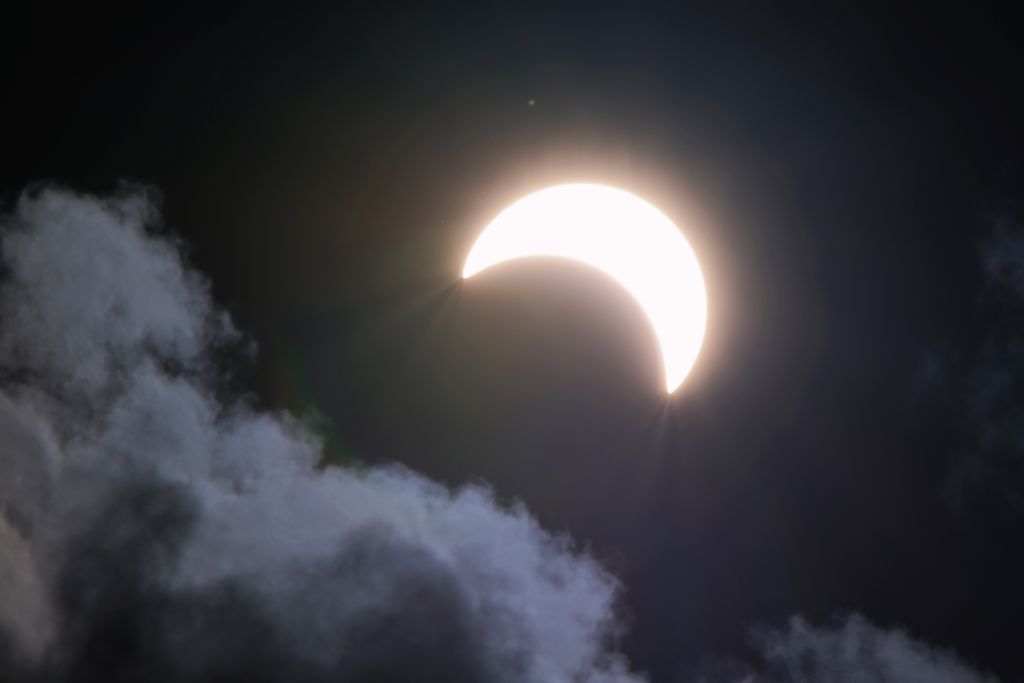
Crystals have long been used in various healing practices and are known for absorbing energy from their surroundings. One way to cleanse and recharge crystals is by exposing them to the Moon’s energy.
Moonlight holds significant spiritual and metaphysical importance. Charging crystals under the Full Moon is believed to amplify their energy and remove negative energy, making them pure and ready for use. Moonlight is also used in spiritual practices, like meditation and manifestation.
It’s important to note that not all crystals can be charged in the Moonlight. Soft crystals that cannot get wet, such as Selenite and Azurite, should never be left out in the Moonlight.
Moonlight soaking, or bathing comes with exposure to dew and melting, which can damage these delicate crystals. It’s also essential to avoid placing crystals on unnatural surfaces, such as metal or concrete, as they may interfere with energy transfer.
To charge your crystals in the Moonlight, find a natural surface, such as soil, sand, or a wooden table and place your crystals in a spot where they can receive direct Moonlight. You can also enhance the experience by using a singing bowl or playing soothing music to set the mood.
Remember to research your crystals to ensure they are compatible with Moonlight exposure. By following these guidelines, you can safely and effectively charge your crystals with the energy of the Moon.
7 Crystals That Cannot Go in Moonlight
Crystals are not just pretty but also thought to have healing properties. Did you know that some crystals shouldn’t be exposed to Moonlight? Here are 7 of them and why you should keep them away from the Moon.
Halite
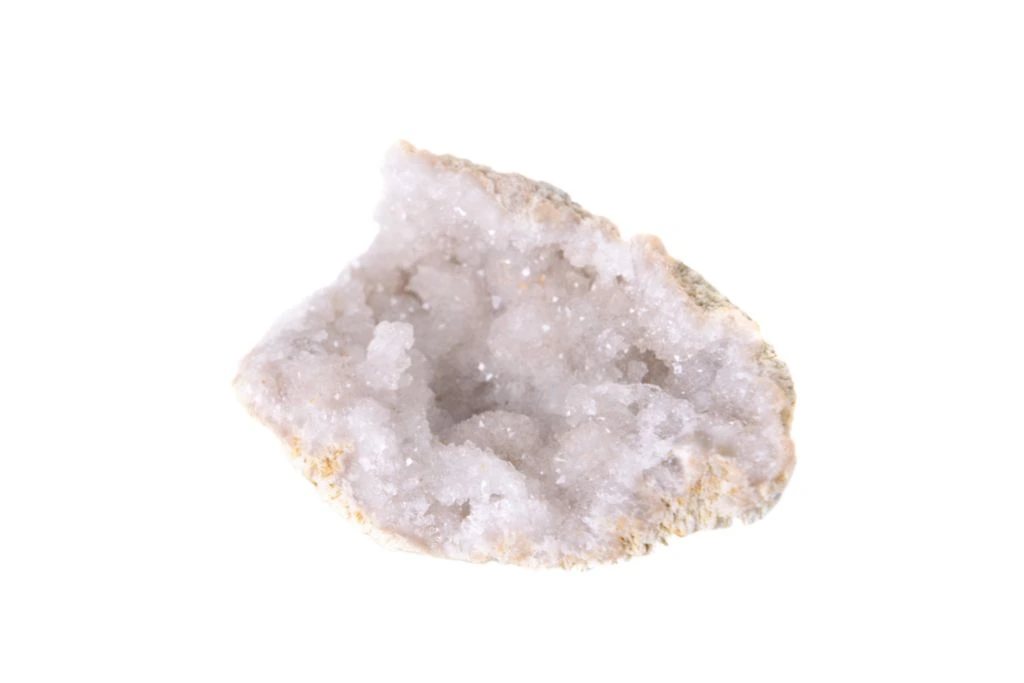
Halite is a fragile crystal, sensitive to moisture, and easily dissolvable in water. Exposure to Moonlight can cause the crystal to absorb moisture and lose its integrity, leading to cracking or crumbling.
It is best to avoid putting Halite in the Moonlight. Instead, you can cleanse it on a natural surface, such as a piece of wood or a plant, or use a singing bowl. You can also recharge it by placing it in sunlight or burying it in the soil for a period.
Scolecite
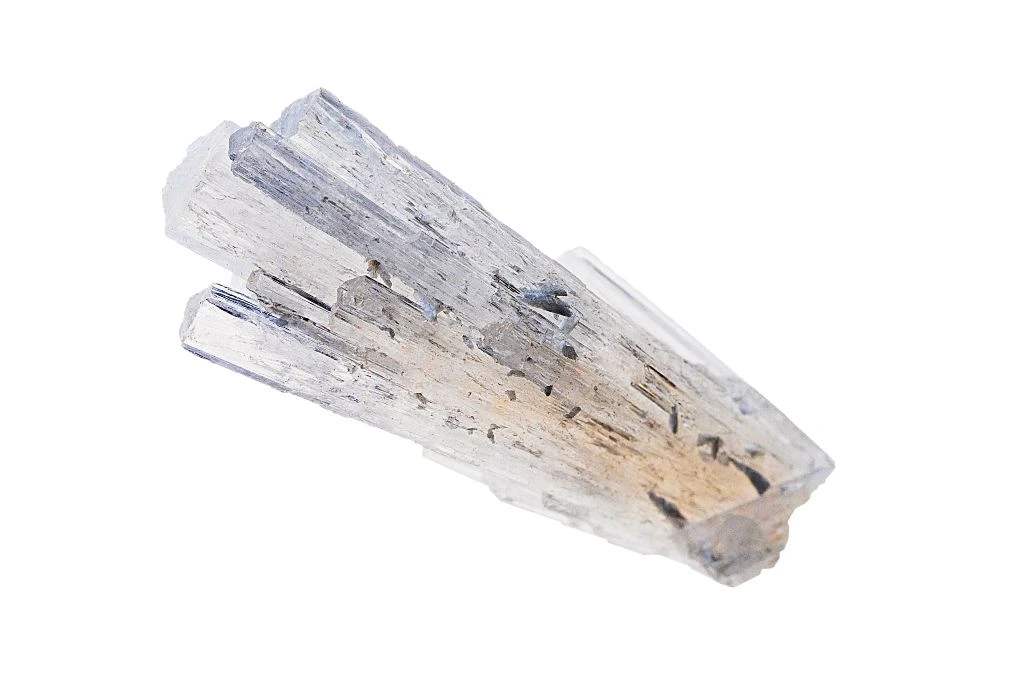
Scolecite is a delicate crystal, susceptible to fading and losing color when exposed to sunlight or Moonlight. With that, it is advisable to avoid putting Scolecite in the Moonlight.
You can cleanse it on a natural surface or use a singing bowl. You can also recharge it by placing it in sunlight for a short time or holding it under running water for a few minutes.
Chrysanthemum Stone
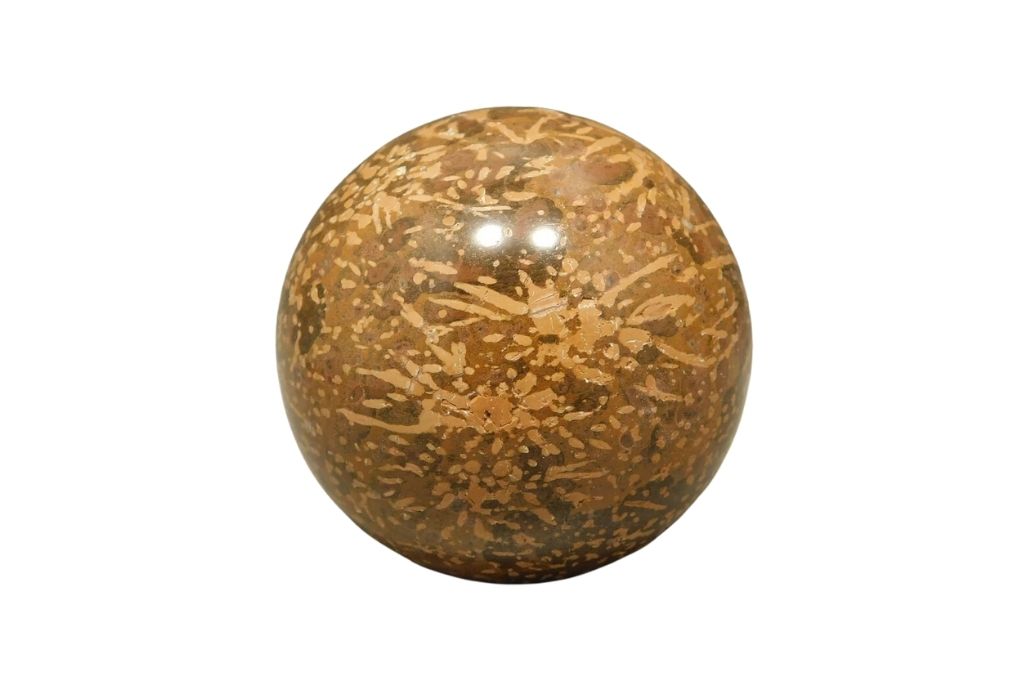
Chrysanthemum Stone is a fragile crystal that can easily become damaged when exposed to Moonlight, causing it to lose its shine and crack. To avoid this, it’s best to keep the stone away from Moonlight.
You can clean it by placing it on a natural surface or using a singing bowl, and recharge it by placing it in sunlight or burying it in soil for a while.
Wulfenite
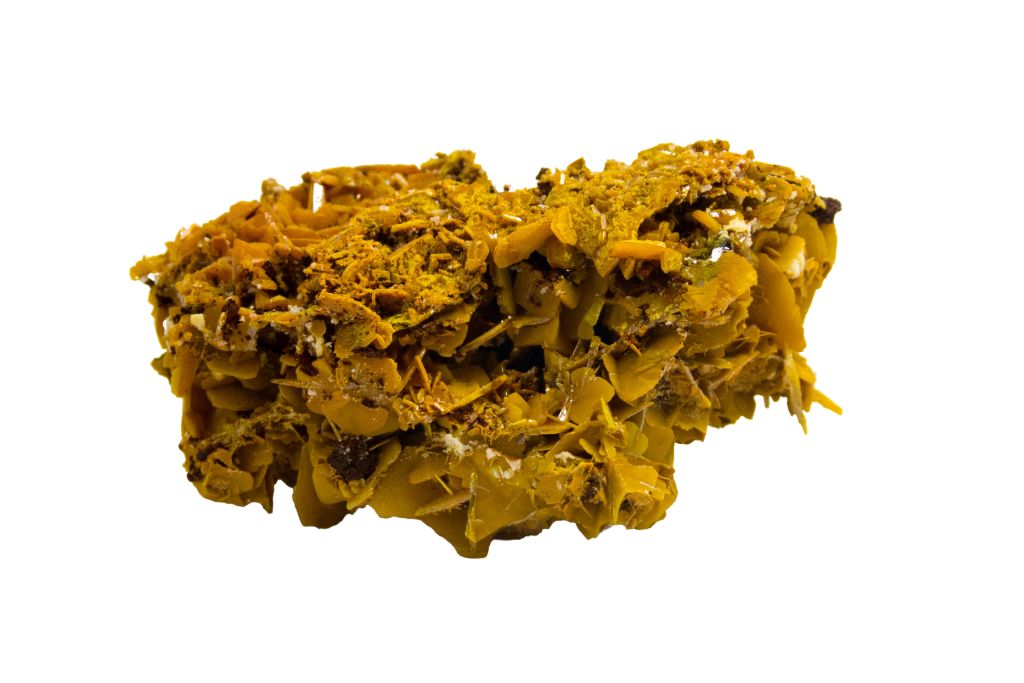
It is not recommended to expose Wulfenite, a crystal containing lead, to sunlight or Moonlight because it can release toxic fumes.
Alternatives, such as using a singing bowl or placing it on a natural surface can be used to cleanse it. Recharging methods include short exposure (20 minutes) to sunlight or burying it in soil for a period.
Ulexite
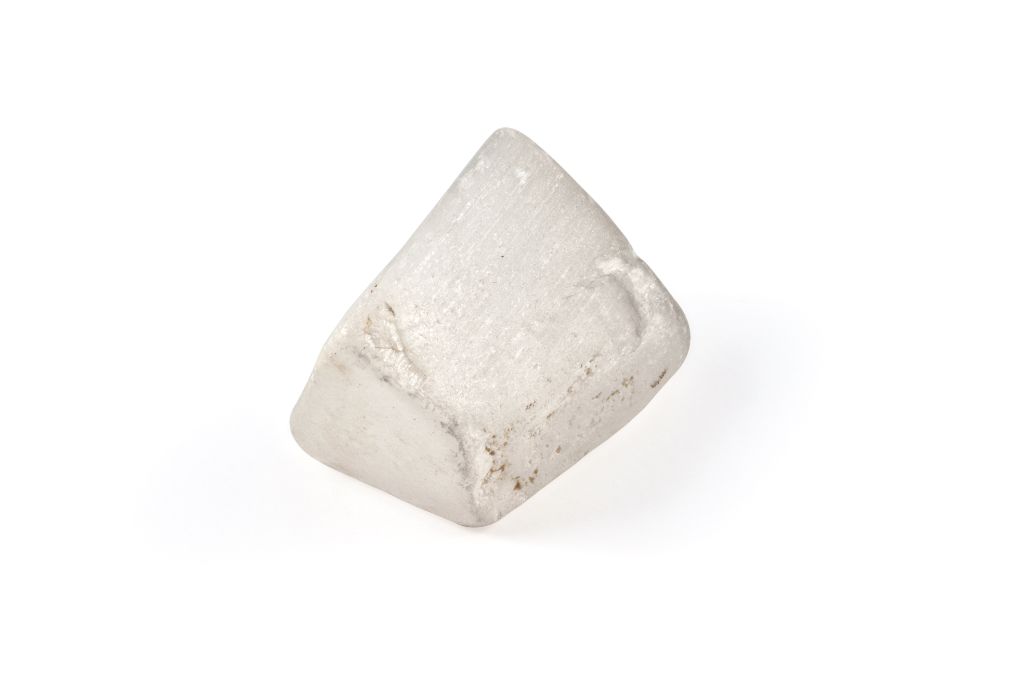
Ulexite is a delicate crystal that can break or crack easily if exposed to too much sunlight or Moonlight. It is recommended to keep it away from Moonlight.
Place Ulexite on a natural surface or use a singing bowl to purify it. To rejuvenate its energy, leave it under sunlight for 20 minutes or rinse it under running water for a few minutes.
Chalcanthite
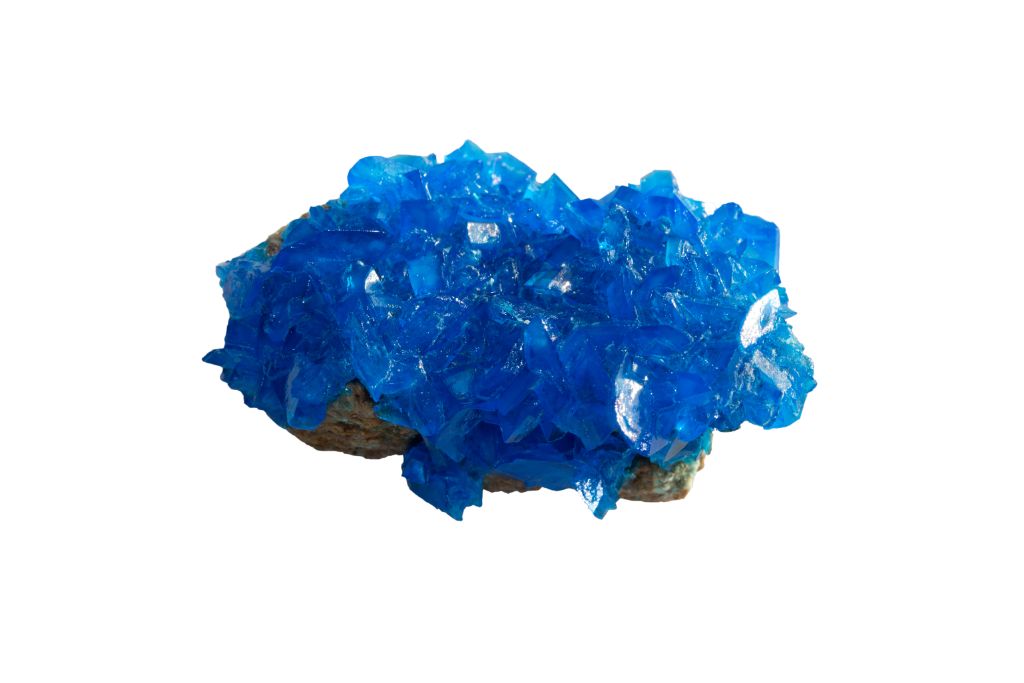
Chalcanthite is a crystal that can dissolve in water and humidity, including Moonlight, so it’s not advisable to put it under the Moonlight.
Place Chalcanthite on a natural surface or use a singing bowl to purify it. To renew its energy, you can expose it to sunlight for 30 minutes or bury it in soil for 24 hours.
Gaspéite
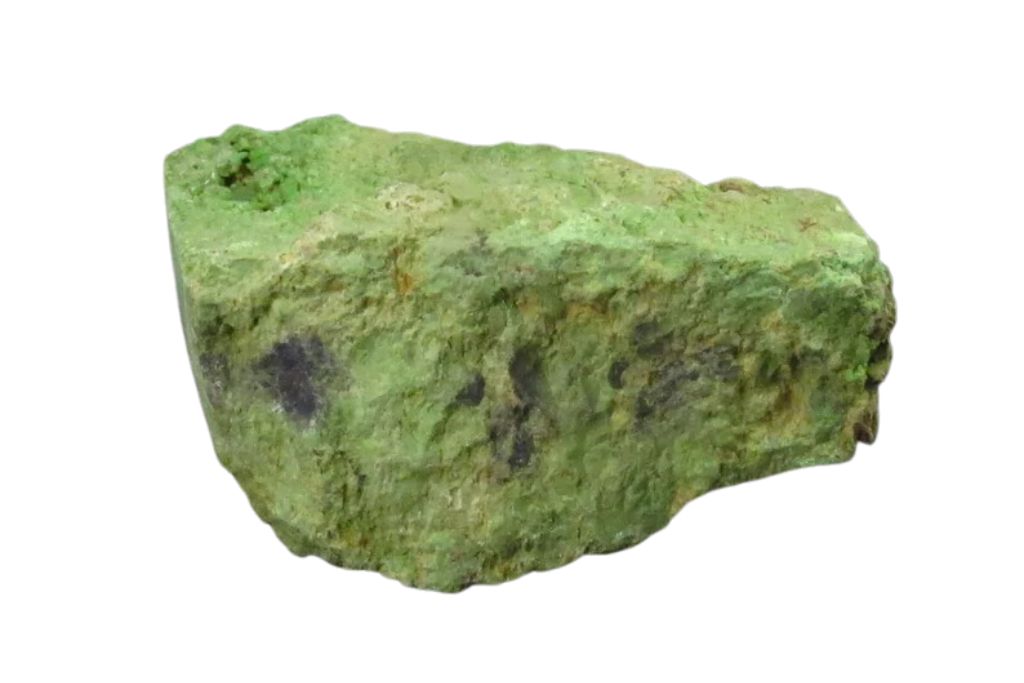
To maintain the shine and color of Gaspéite, it’s essential to handle it with care since it’s a fragile crystal that can easily lose its luster if exposed to sunlight or Moonlight. It’s best to avoid keeping it under the Moonlight.
To purify Gaspéite, place it on a natural surface or use a singing bowl. You can recharge its energy by exposing it to sunlight for 30 minutes or cleansing it with running water for 5 minutes.
Which Crystals Benefit the Most from Moonlight?
Some crystals are known to benefit significantly from exposure to Moonlight, such as Moonstone and Labradorite. The moon’s energy enhances these crystals’ healing properties and amplifies their effects on the body and mind.
If you want to explore the importance of Moonlight during different phases and discover the best crystals for Full Moon rituals, check out our related articles.
FAQ
- Can you charge crystals with Moonlight through a window?
Yes, you can charge crystals with Moonlight through a window. The intensity of the Moonlight may decrease, however, which may affect the charging process.
- Can you charge or cleanse a crystal without a Full Moon?
Yes, you can charge or cleanse a crystal without a Full Moon. There are various other ways, such as using sunlight, salt water, or other crystals, to charge or cleanse a crystal.
- Can Rose Quartz go in the Moonlight?
Yes, Rose Quartz can go in the Moonlight. It is one of the crystals that are safe to expose to Moonlight.
- How many days before and after the Full Moon does its energy stay?
The Full Moon’s energy can stay for two to three days before and after the actual Full Moon.
- Which crystals are not suitable for Moonlight?
The crystals that are not suitable for direct exposure to Moonlight are the ones that are too soft, such as Selenite. Other crystals are generally safe for Moonlight exposure.
Additional Tip: It’s a good idea to avoid leaving them out at night to protect them from rain or theft.
Conclusion
Understanding which crystals cannot be exposed to Moonlight is crucial to avoid disrupting their natural energy flow. To maintain the natural energy flow of crystals, knowing which ones should not be exposed to Moonlight is essential.
Keep these crystals in the dark and secure during the Full or Waning Moon phase. Wait for the energy to dissipate before collecting the crystals during the Full Moon. Burying your crystals in the Earth or placing them in a bowl of saltwater can cleanse them after exposure to Moonlight.
Following these simple guidelines ensures that your crystals remain effective and serve their intended purpose.
| Crystal Name | Safe in Moonlight |
| Halite | No |
| Scolecite | No |
| Selenite | No |
| Azurite | No |
| Wulfenite | No |
| Ulexite | No |
| Chalcanthite | No |
| Gaspéite | No |
| Chrysanthemum Stone | No |
| Moonstone | Yes |
| Labradorite | Yes |


